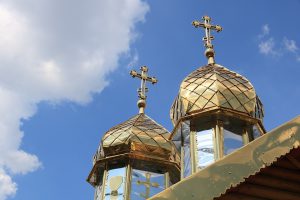
Teachings of the Orthodox Church
Teachings Of The Orthodox Church On this page, we explain many of the foundational teachings of that ancient Christian Faith known today as the Orthodox
She is the oldest Church in Christendom, with over 250 million people worldwide practicing her doctrines. Despite this, Eastern Orthodoxy is a mystery to most Christians from other backgrounds. So many Christians have deep questions about their beliefs – the place of tradition, what sacramental participation means, or how and to what extent God shares divine life with human beings, for example. And they are increasingly finding that only Orthodoxy can provide answers to these questions. But first, what is the Eastern Orthodox Church, and where did she come from?
A lot of people believe the Orthodox Church is simply a “federation” of self-governing national churches that share common beliefs and sacraments. While this is true up to a point, it is hardly the best definition of what Orthodox Christianity truly is.
The word Orthodox was coined by the ancient Church Fathers, writers from the first centuries of Christian history. It is a combination of two Greek words, orthos and doxa. Orthos means “straight” or “correct.” Doxa can mean “glory,” “worship,” or “doctrine.” The word orthodox thus separates the Church from other groups that promote false teachings about God, Jesus, the Holy Spirit, salvation, and the Church. Those groups were called “heterodox” or “heretics.”
Please note that “Orthodox Church” refers specifically to Eastern Orthodoxy, the Church of the Seven Great Ecumenical Councils. It does not refer to the Oriental Orthodox – Armenians, Copts, Ethiopians, etc. that separated from Eastern Orthodoxy at the time of the Fourth Ecumenical Council.
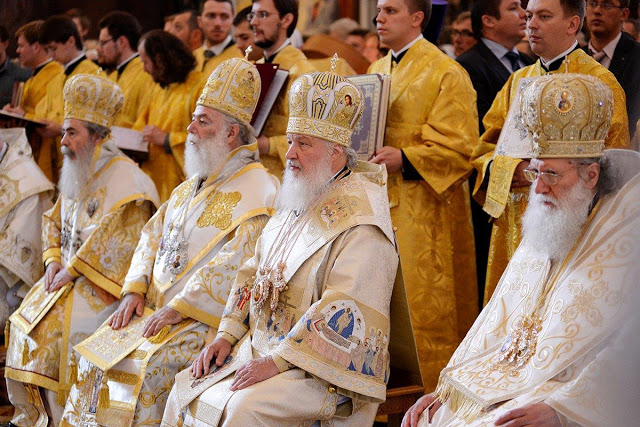
Ethno-phyletism is the belief that each nation is entitled to a separate church, or that a church (and its membership) can be based purely on ethnicity. This was condemned as heresy by the Holy and Great pan-Orthodox Synod that met in Constantinople in 1872.
Phyletism, however, is not the same as patriotism (devotion and loyalty to one’s nation and/or culture). Unlike phyletism, patriotism is not at odds with the Orthodox Faith.
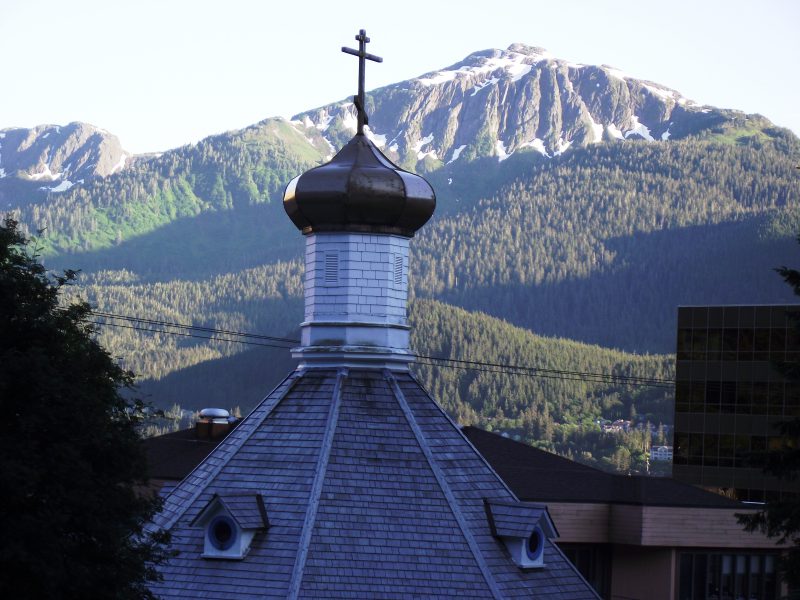
Orthodox Christianity began during what we call the Apostolic Age. On the day of Pentecost (c. 33 A.D.), the Holy Spirit descended upon the Apostles in Jerusalem. After witnessing the Apostles’ preaching, 120 believers gathered to create the first Christian church. Not long after this, Christ’s Disciples continued their missionary efforts throughout the world, starting churches in Antioch, Alexandria, Ephesus, Constantinople, and elsewhere throughout the eastern Roman Empire. These churches were, and still are, what we now call the Orthodox Church.
The Orthodox Church was and is the original Christian Church. She wrote, compiled and canonized the Holy Scriptures. She formulated the dogmas of the Faith that all Christians believe. And she preserves the Traditions passed down to her by the Apostles themselves, remaining largely unchanged to this day. In other words, Orthodoxy has an organic and continuous nearly 2,000-year history spanning from the Apostolic Age to the present. Every Christian community in existence can trace their history back to the Orthodox Church. Today, Orthodoxy has a presence all over the world, including the United States and Canada, Eastern Europe, England and Western Europe, South America, Mexico, Guatemala, Indonesia, Japan, China, Kenya, Uganda, and Tanzania.
When most Western Christians think about the “Church”, they think about Roman Catholicism. For the first 1,000 years of Christianity, the Orthodox East and Latin West did maintain communion with one another. The Church originally placed Rome first among the five ancient churches (the others being Antioch, Alexandria, Constantinople, and Jerusalem). Rome received this honorable title – but no more authority than the other churches – because it was the original capital of the empire, and because Saints Peter and Paul had been martyred there. But over time, the East and West steadily grew apart, disagreeing on several theological and political issues, most notably papal supremacy and the filioque.
Around 1054 A.D., historians mark the official separation between the Western churches under the bishop (“Pope”) of Rome and the Eastern churches under their respective bishops. This break, called the Great Schism, led to the birth of what we now know as the Roman Catholic church.
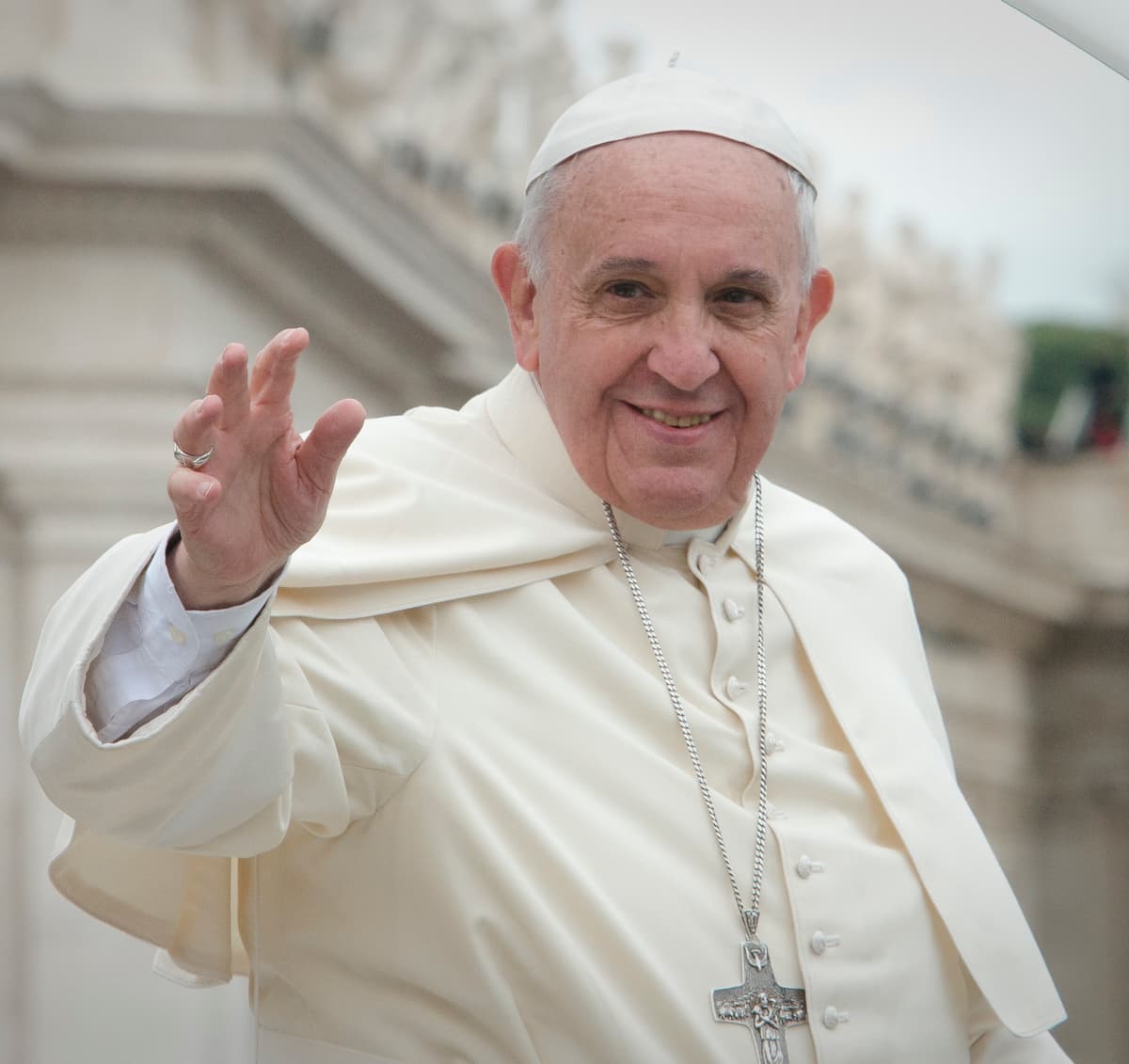

Some 500 years after the Great Schism, certain Roman Catholics broke from communion with Rome in hopes of returning to a more pristine Christian faith. These reformers hoped to find agreement by using the Bible alone to refute many Roman Catholic practices. Even in this first generation, however, they could not reach agreement, leading to several divergent branches of Protestantism. The splintering continued, multiplying the number of differing Christian bodies, each claiming authority in the Bible.
The Orthodox Church never experienced a reformation and continues in the beliefs and practices of the first 1,000 years of Christian history. It is unified worldwide in doctrine, worship, and spirituality.
The Orthodox Church believes the Seven Ecumenical Councils are the ultimate touchstones of church authority, as they outline the essential elements of the Christian Faith. The original model for a Church Council is found in the Acts of the Apostles, where the Church was faced with questions Jesus had not dealt with directly (e.g. whether Gentile converts required circumcision). The Council of Jerusalem argued the question, prayed, and announced its decision with the words “it seemed good to the Holy Spirit and to us… (Acts 15:28).
The Orthodox emphasis here is on conciliarity and harmony of faith, rather than allegiance to a central authority. No Orthodox bishops have supreme authority like the Pope does in Roman Catholicism; they all possess equal authority. While there is an Ecumenical Patriarch, he is merely “first among equals,” with limited jurisdiction.
The purpose of the Orthodox Church is to bring about the salvation of every human person, uniting each of them to Christ in the Church, transforming them in holiness, and giving them eternal life. This is the Gospel, the good news: that Jesus is the Messiah, that He rose from the dead, and that we can be saved as a result. The Orthodox Church protects this Faith “once for all delivered to the saints.” Additionally, the Church views the clergy as servants of Christ and His people, not as a special privileged class. Orthodoxy preserves the Apostles’ doctrine. She encourages her people to grow in Christ through union with Him. She is the living Body of our Lord and God and Savior Jesus Christ. Therefore, this makes her special in the eyes of God, and reviled in the eyes of the world.
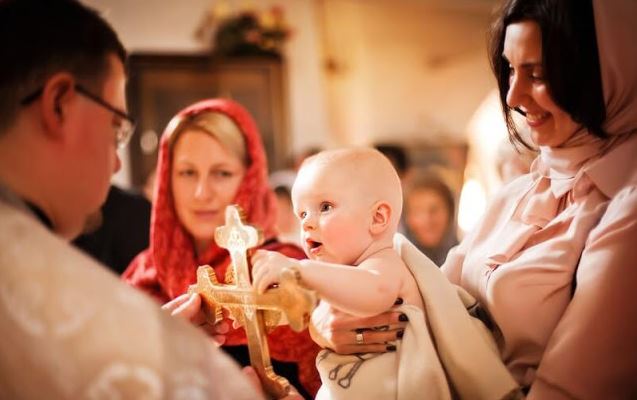
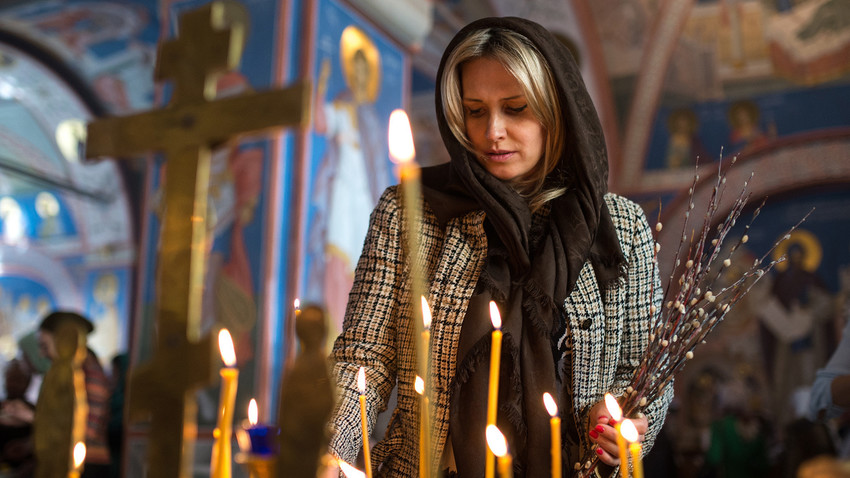
The easiest way to understand the difference is this: Orthodoxy maintains the New Testament tradition without change; Catholicism added to it; and Protestantism subtracted from it. Historically, the Orthodox Church is both “pre-Protestant” and “pre-Roman Catholic” in the sense that many Roman Catholic teachings developed much later in Christian history (i.e. indulgences and purgatory).
Catholic visitors to Orthodoxy will find many similarities in Orthodox worship and belief to their own. Both communities accept the same seven sacraments as the means by which Christ is present in His Church and both believe that Christ’s presence in the Eucharist is a real, and not a symbolic, presence. Both communities also hold to the traditional meaning of apostolic succession; that is, that the current priests and bishops were ordained by a line of previous bishops that goes back to the original apostles and to Christ Himself.
Protestant visitors to Orthodoxy will also find certain similarities. Both communities reject the authority of the Pope, and both communities share a love of the Holy Scriptures. Thus, Protestant visitors might find Orthodox Liturgy especially beautiful, because it’s based upon scores of Biblical passages. One reformer described it as a spoken and sung “stream of scripture”. Finally, Protestants can also often relate to Orthodoxy’s emphasis on a personal experience of faith.
When the Orthodox arrived in North America toward the end of the Colonial period, Western colonists, who had already been there for nearly one hundred years, ignored them as a “foreign” minority. The religious and cultural climate of the New World was already deeply entrenched. So, Orthodox Christians tended to maintain their Old World ethnic identity. Several communities even kept their native languages in their worship. Thus, people who visited their churches often could not understand what was said or done. This is also why you won’t find an American Orthodox Church, but instead Greek, Russian, Antiochian, Serbian, etc.
But times are changing. Many people devoted to Christ now find themselves frustrated by the directions taken by the Roman Catholic and Protestant churches. They desire a fuller worship and spiritual life. Little by little, God is guiding them to His changeless Church, where they discover the fullness of the Faith.
The Church which brought Orthodoxy to North America is now bringing North America to Orthodoxy. Constantly, people are learning about the faith and worship of the Orthodox Church. New churches are beginning in cities and towns from coast to coast. With renewed vision, many established churches have made the transition to English-language services. Not surprisingly, many seem increasingly interested in the Orthodox Church. They are discovering Orthodoxy as a place where the search for spiritual reality finds fulfillment.
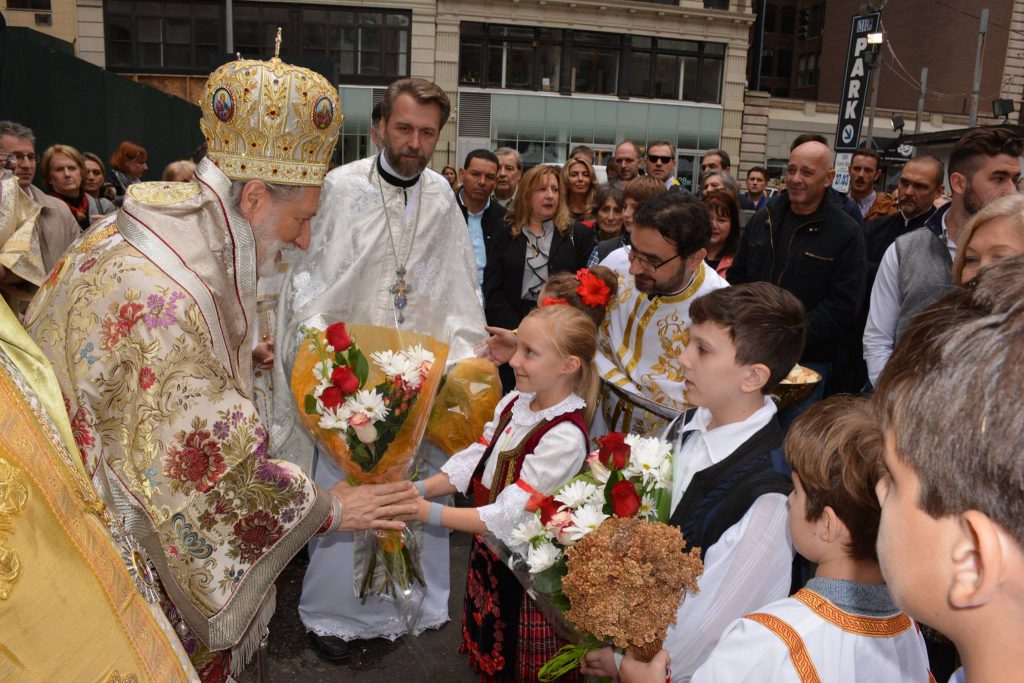
To sum up, Orthodoxy is a beautiful treasure hidden in plain sight. Her doctrines are pure, her goal unchanging. But we have barely skimmed the surface of understanding what the Orthodox Church is. The Church is not just its chronological history, but also its beliefs and Traditions. We could read all the books in the world about Orthodox Christianity, and yet still not fully understand it. In order to understand the Orthodox Church, you must experience it. It is a way of life you must live, not a building you go to once a week. If Orthodoxy intrigues or speaks to you, consider visiting a local parish and exploring the faith further. You will be amazed just how much a simple visit can teach you. If you find yourself in Beaver County, we welcome you to visit and worship with us!
If you are interested in or thinking about becoming Orthodox, check out our recommended reading list!

Teachings Of The Orthodox Church On this page, we explain many of the foundational teachings of that ancient Christian Faith known today as the Orthodox
In this post, we explain who can and cannot receive Holy Communion during an Orthodox Liturgy.
In this post, we explain why dogma is so important to the Orthodox Church, and why it should also be important for every Orthodox Christian.
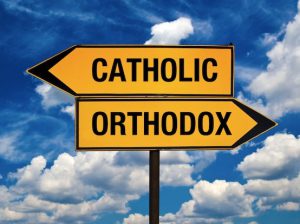
In this post, we explore 7 differences between the Orthodox Church and her Western sister, the Roman Catholic Church. Read on!
***If you would like to offer prayers for living and departed, please submit two separate requests: one for the living and one for the departed.